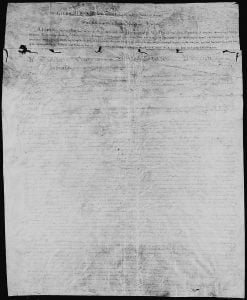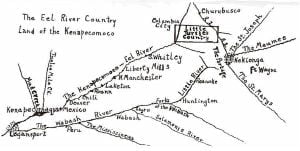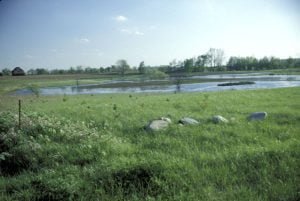Eel River Indians
The Eel River Indians were a part of the Miami, formerly living in Indiana. Their village was at Thorntown, Boone County, where they had a reservation, which was sold in 1828, the band removing to the Miami Reservation between the Wabash and Eel rivers, in Miami County. They afterward shared the general fortunes of the tribe.




